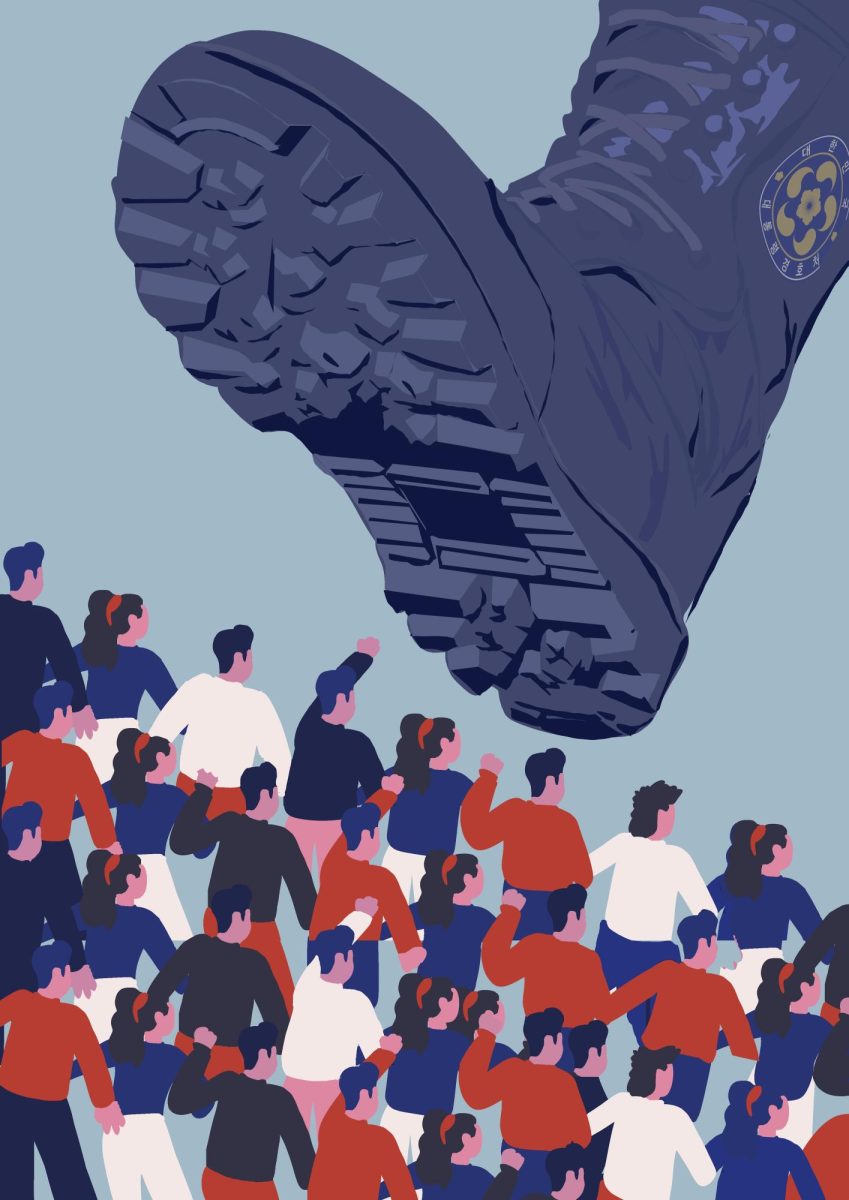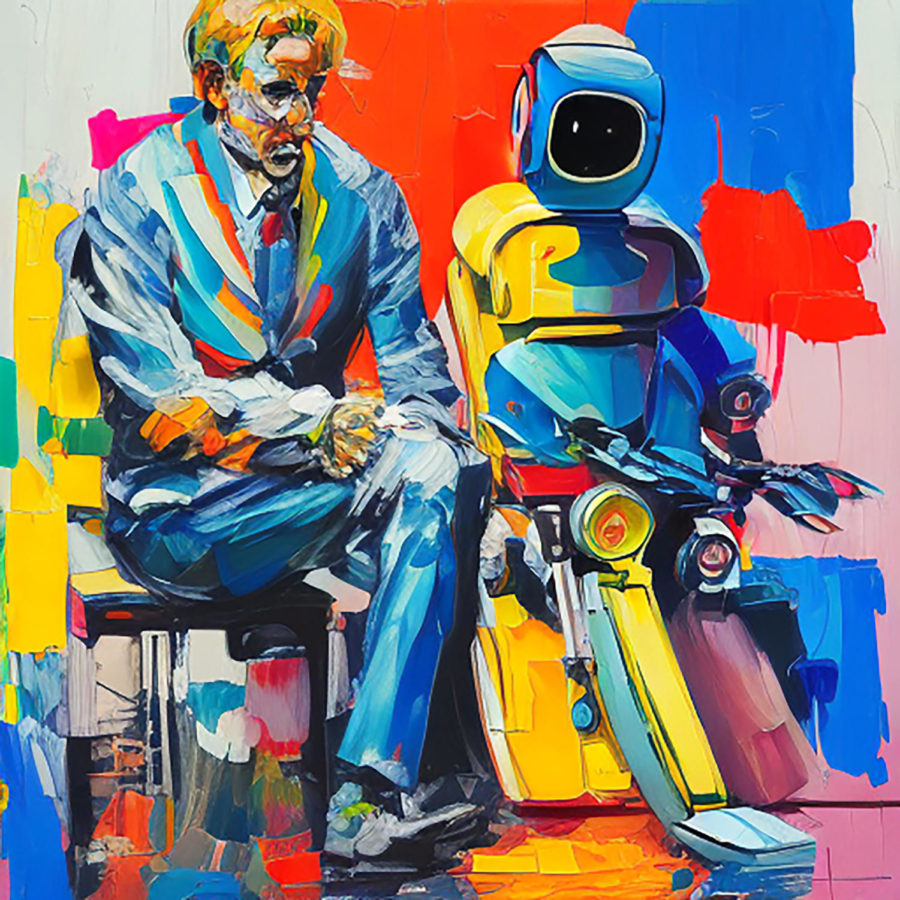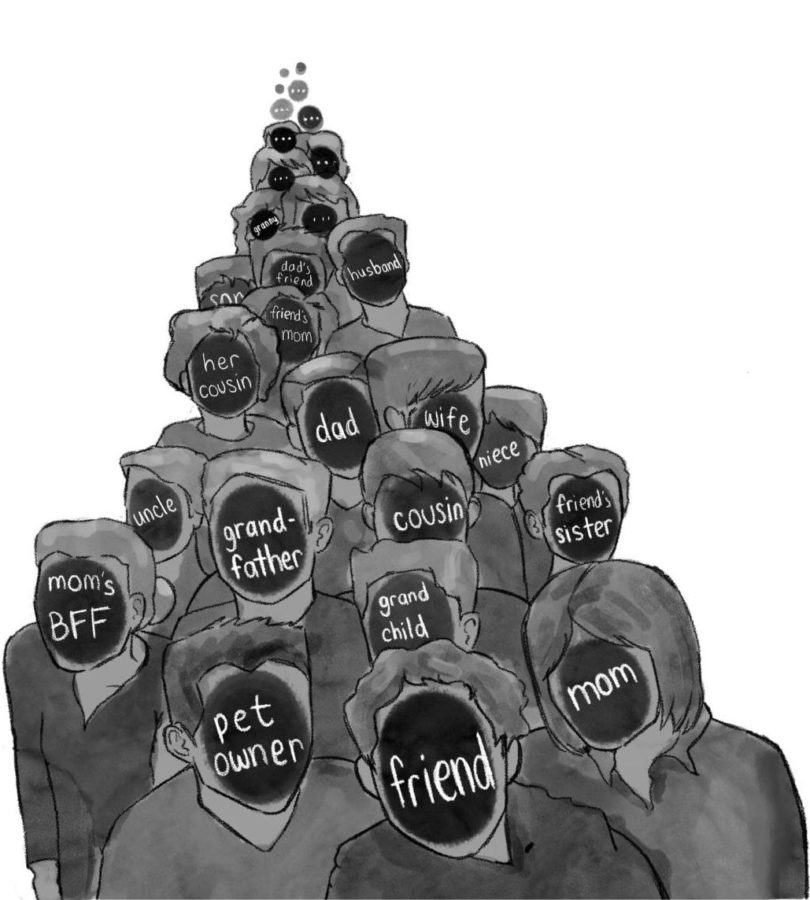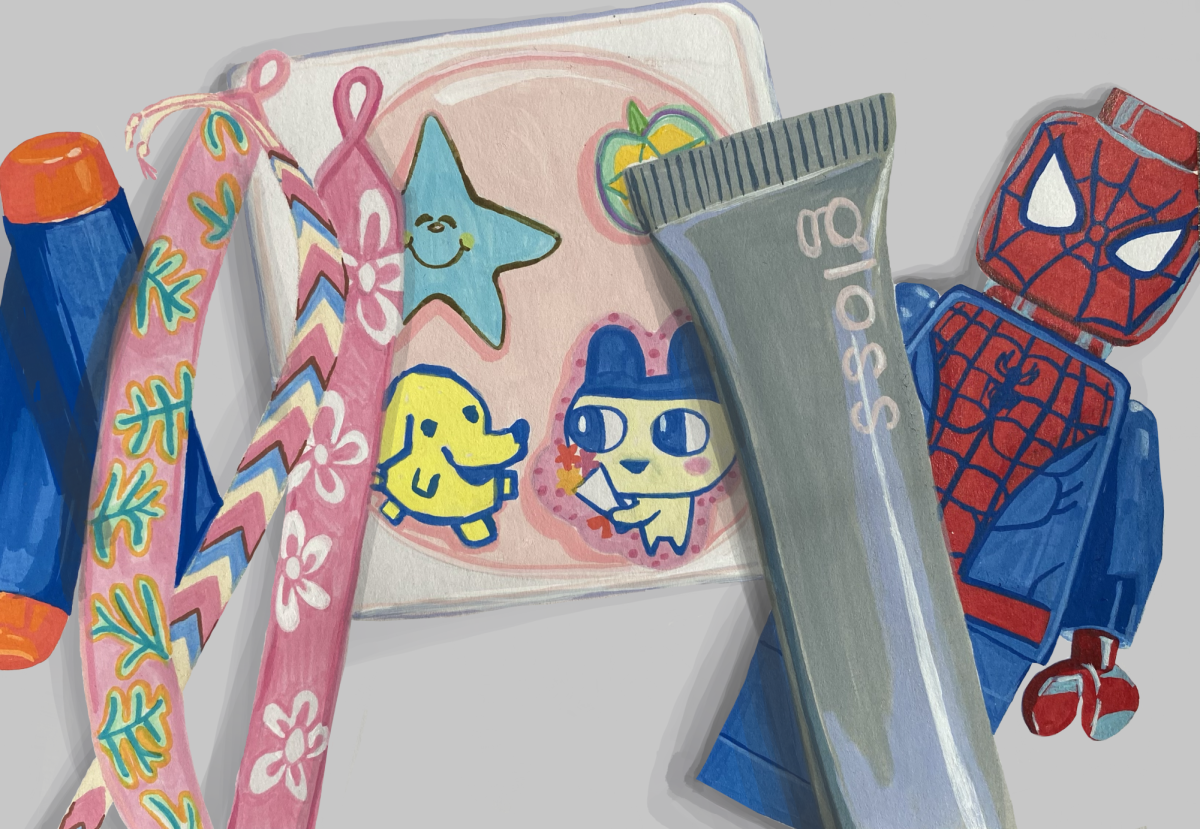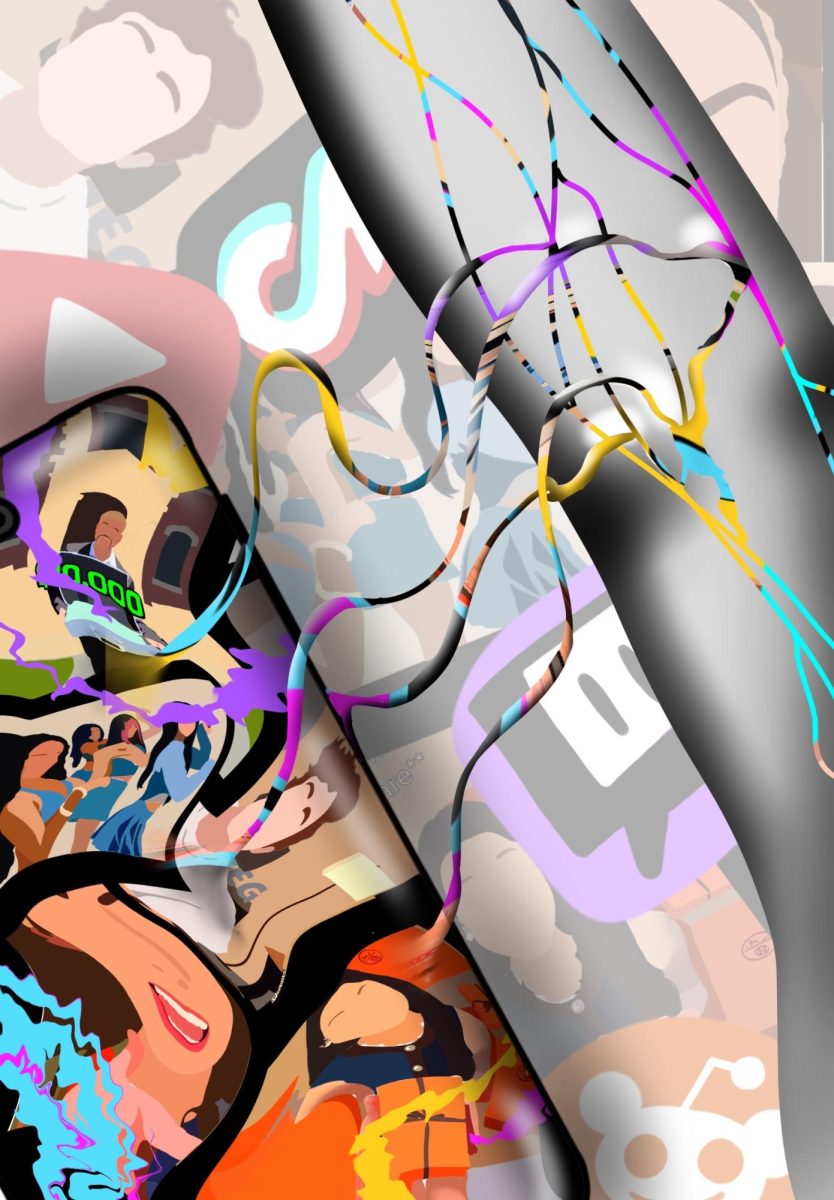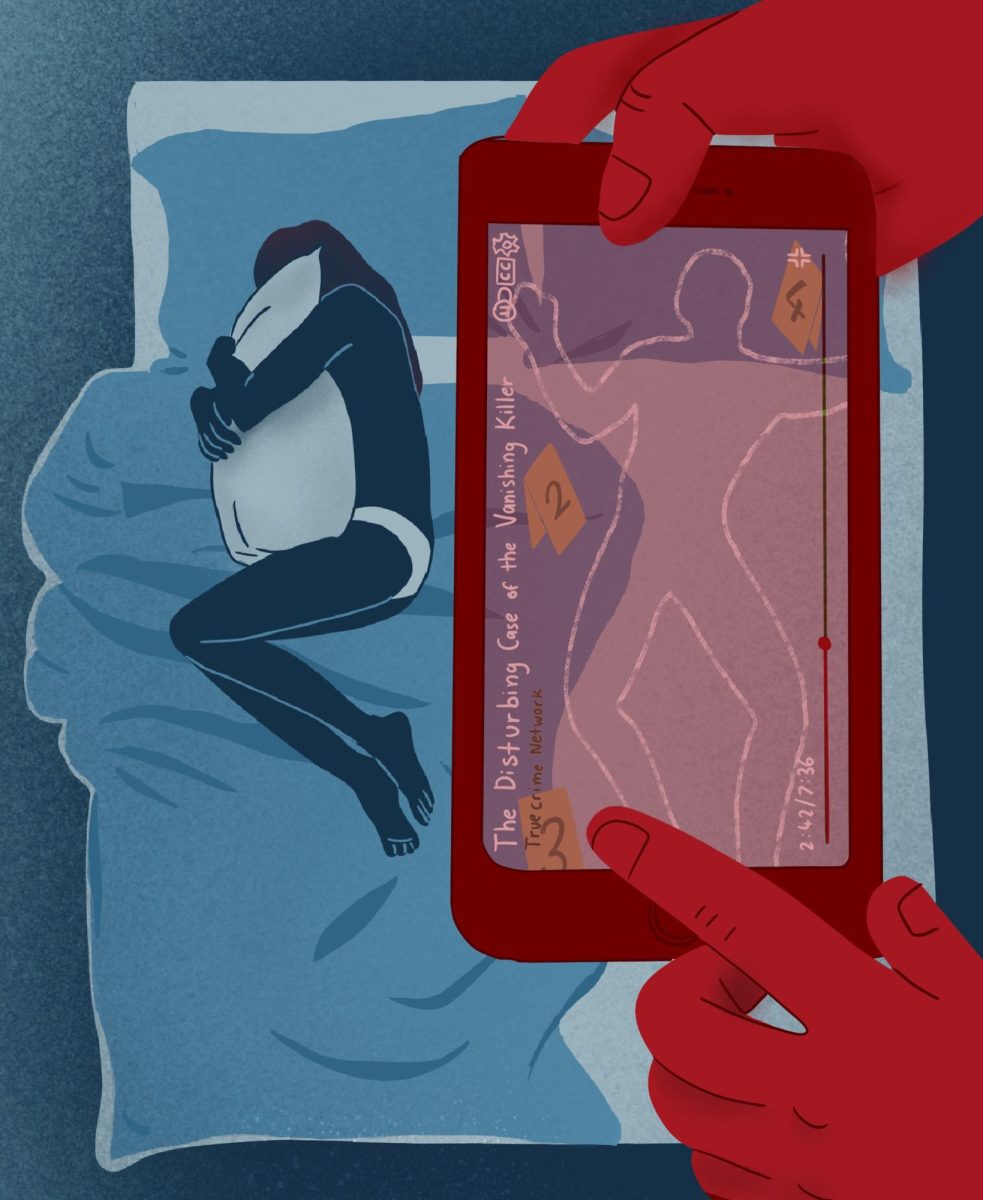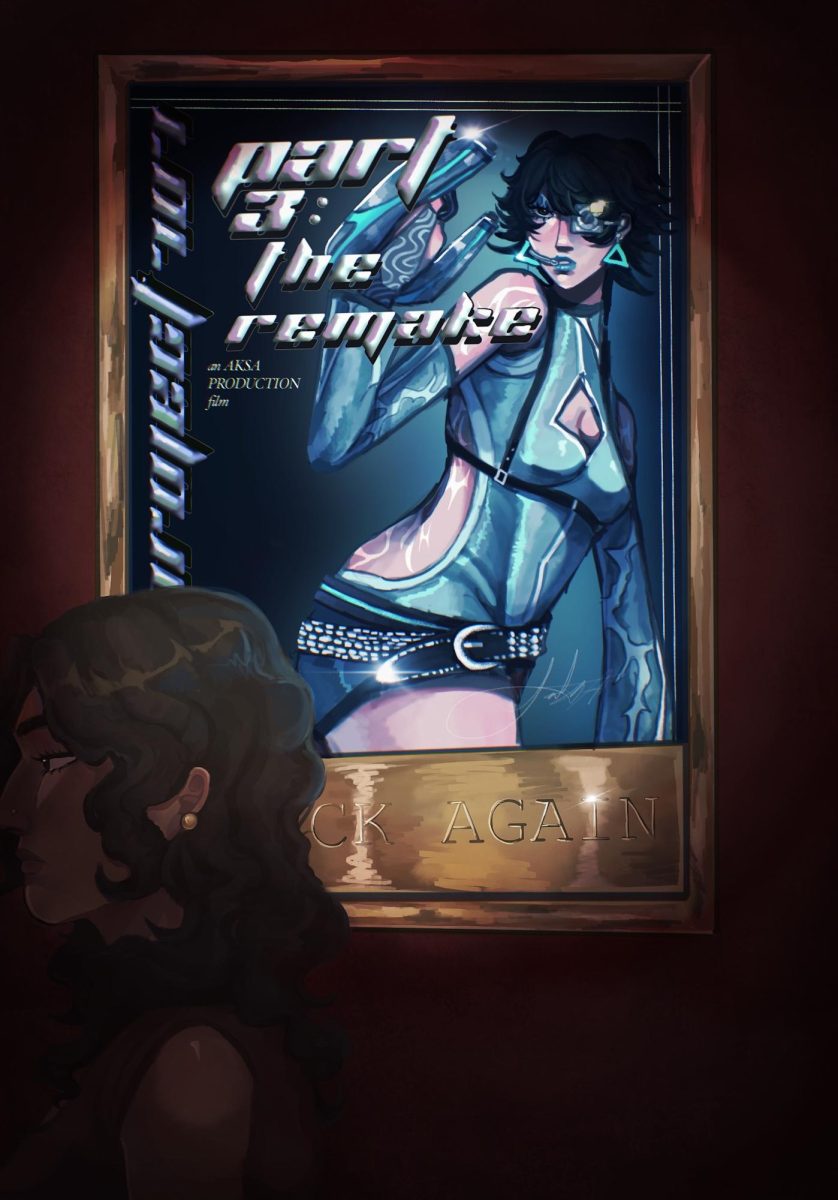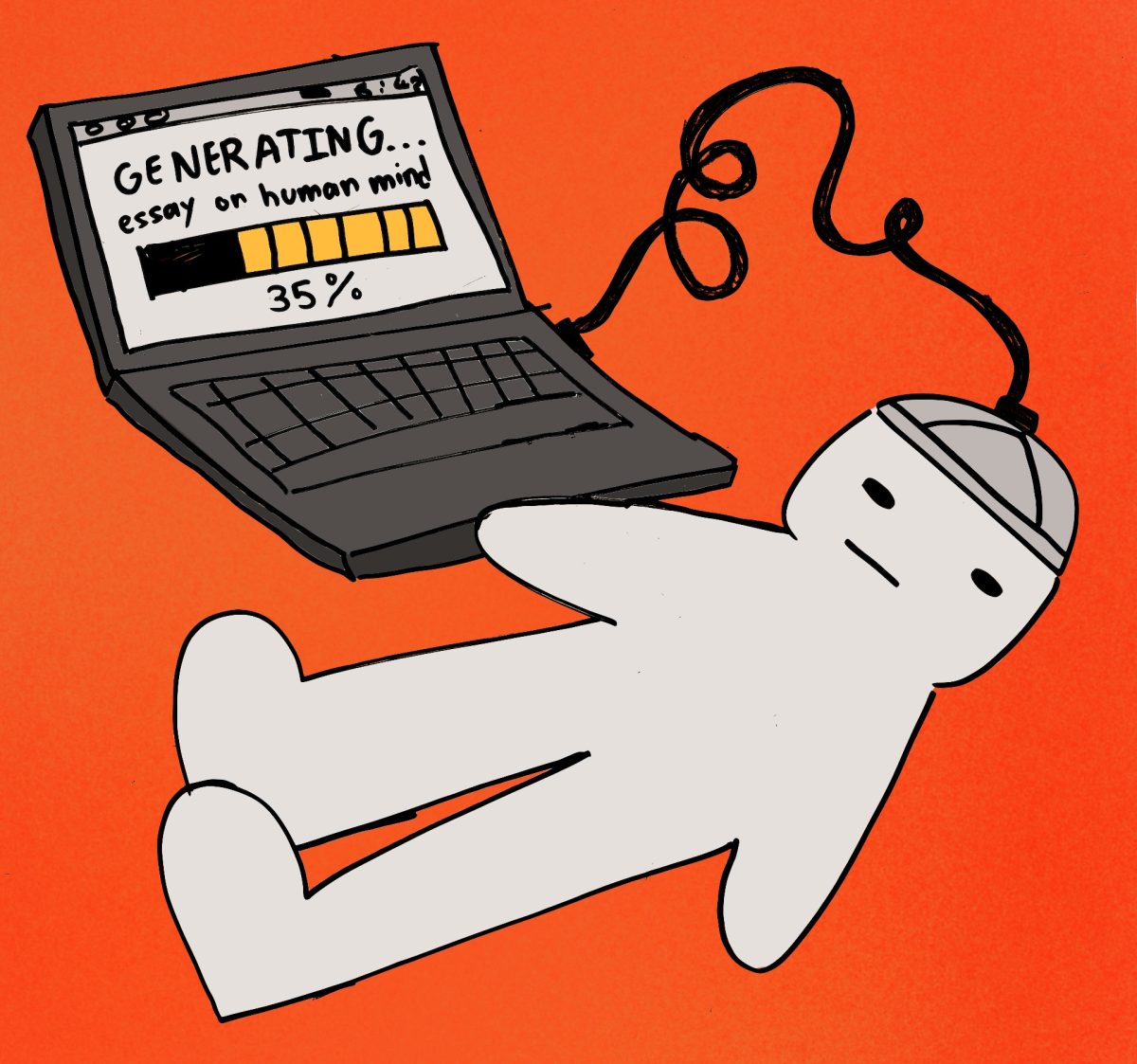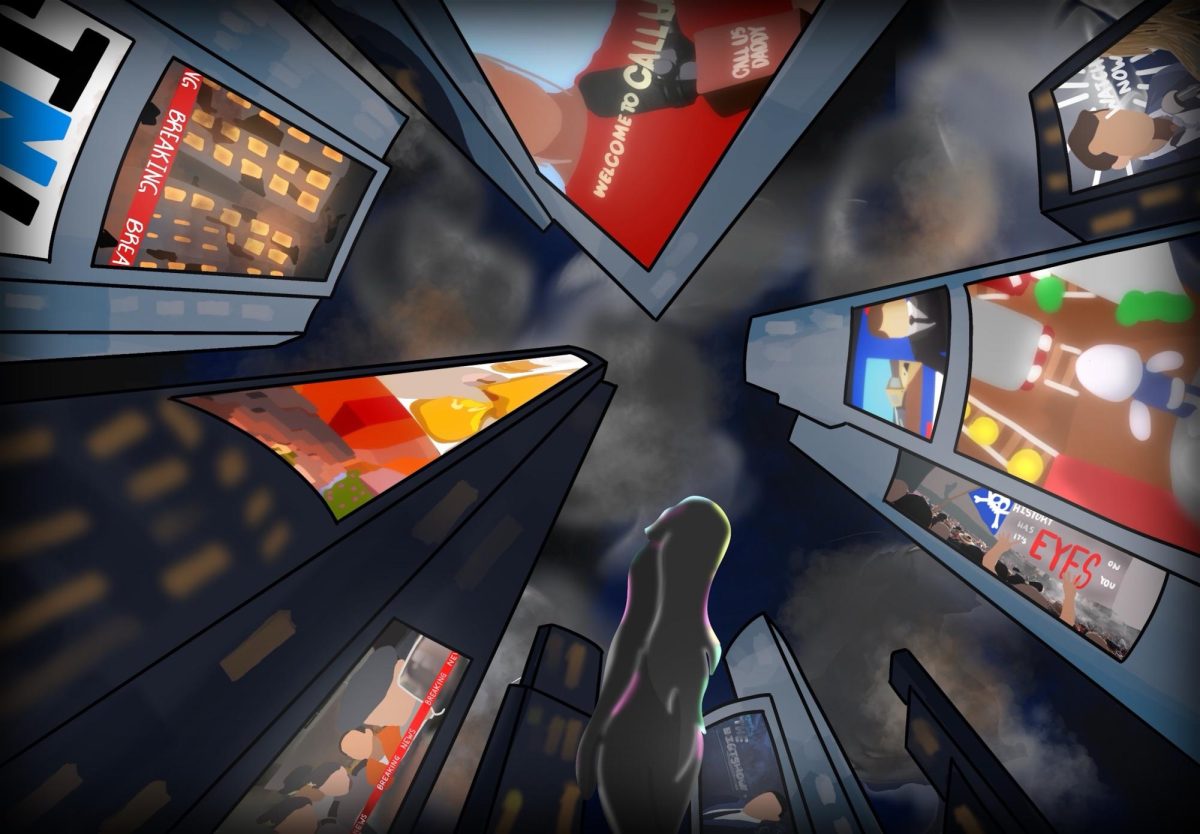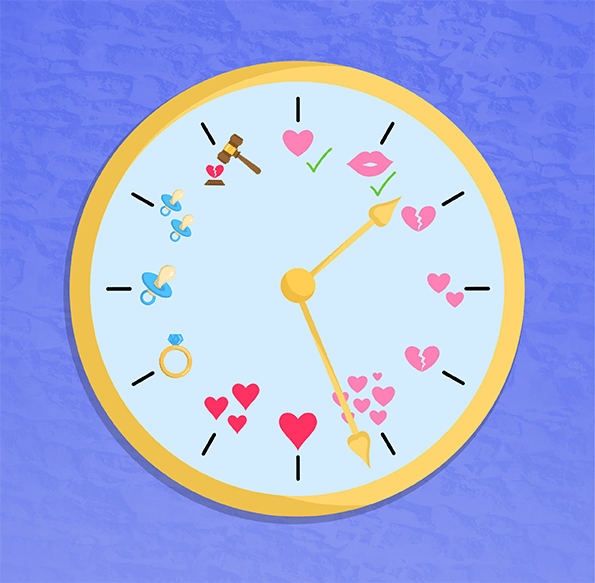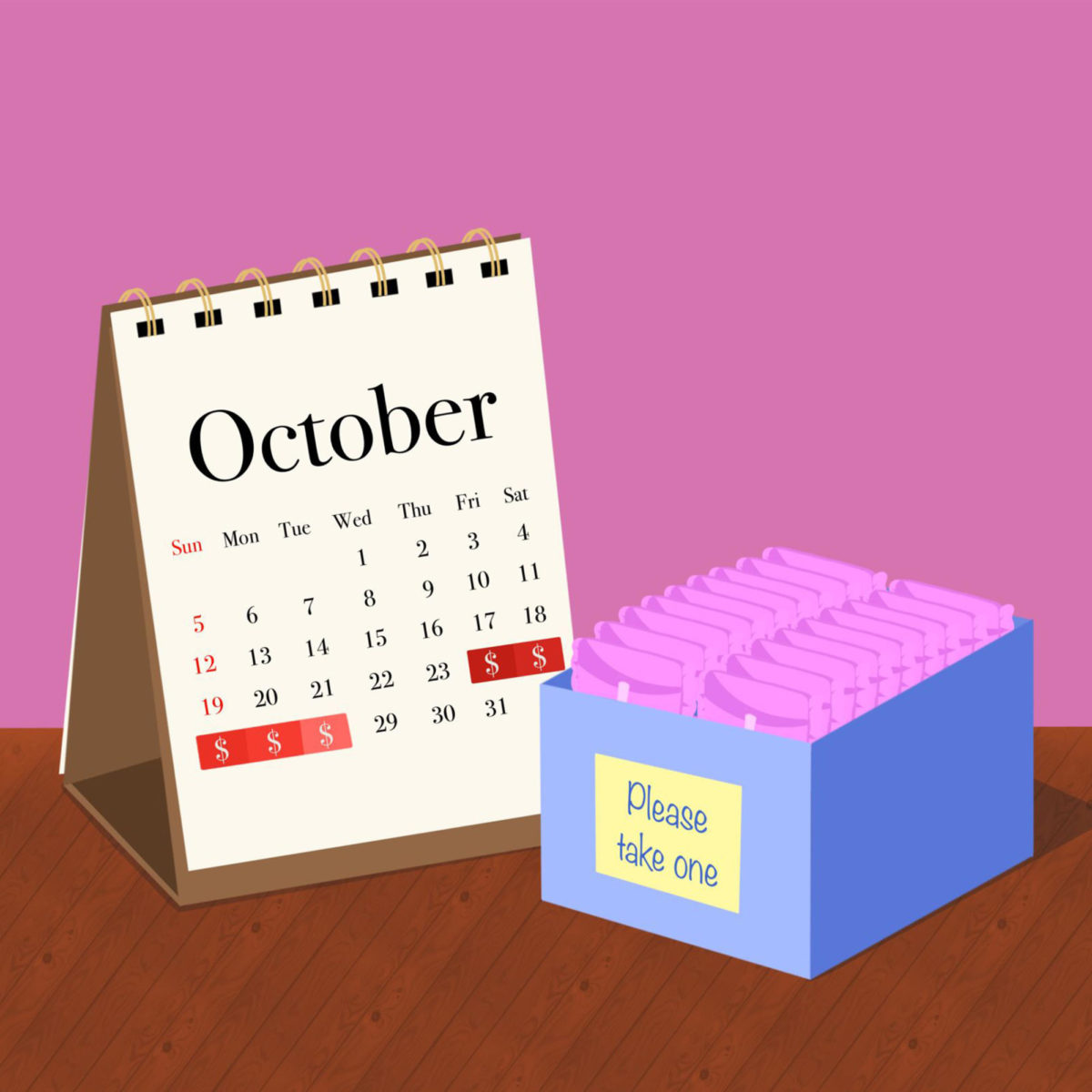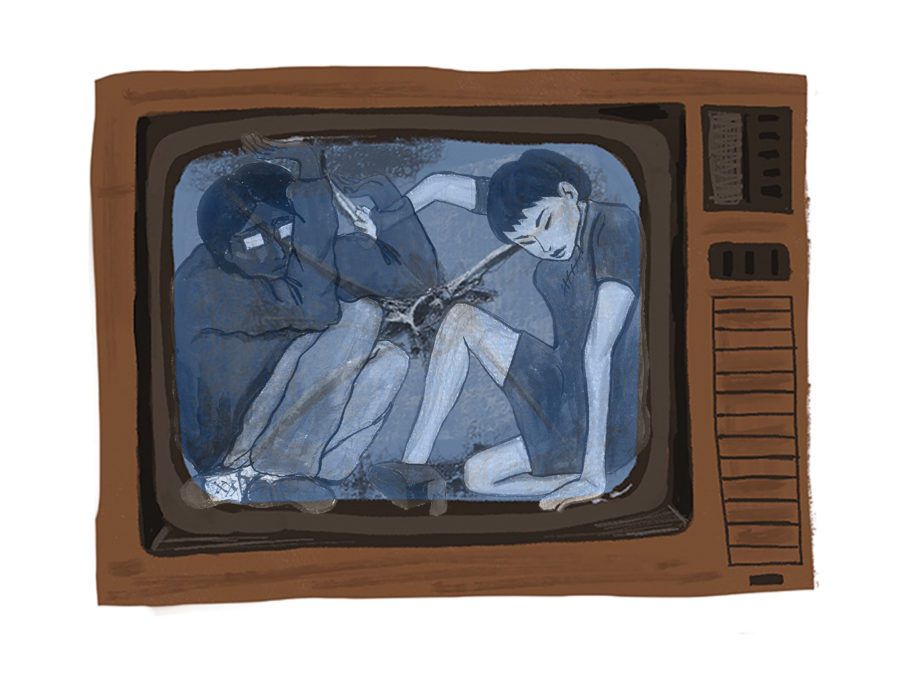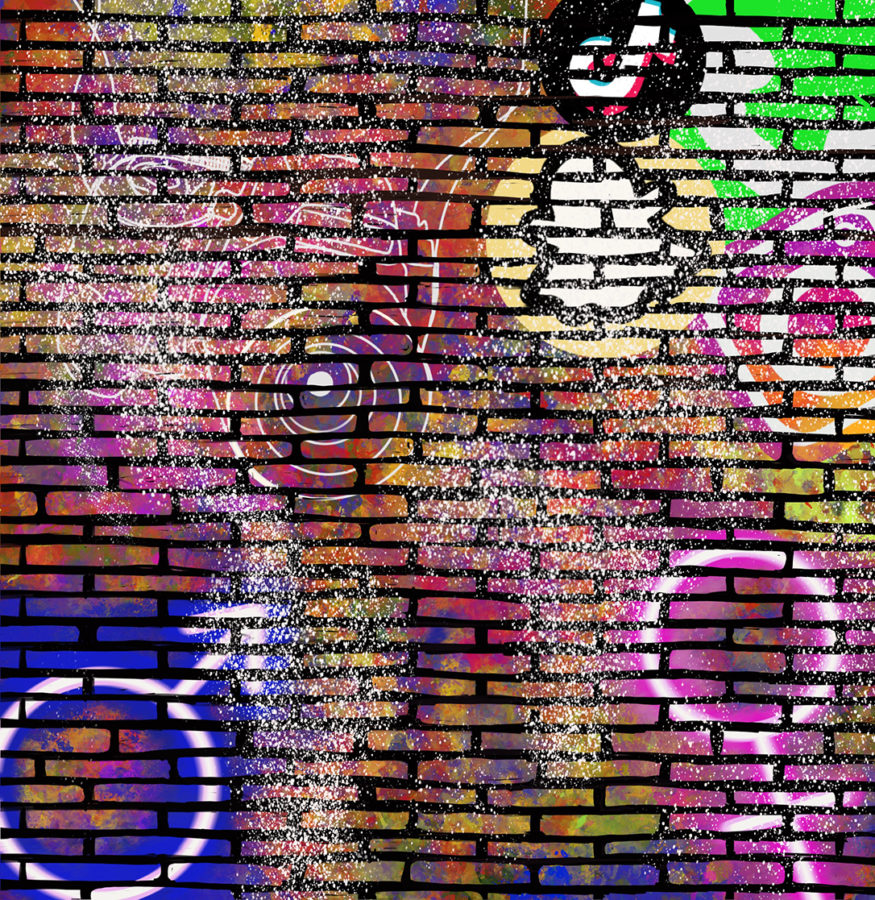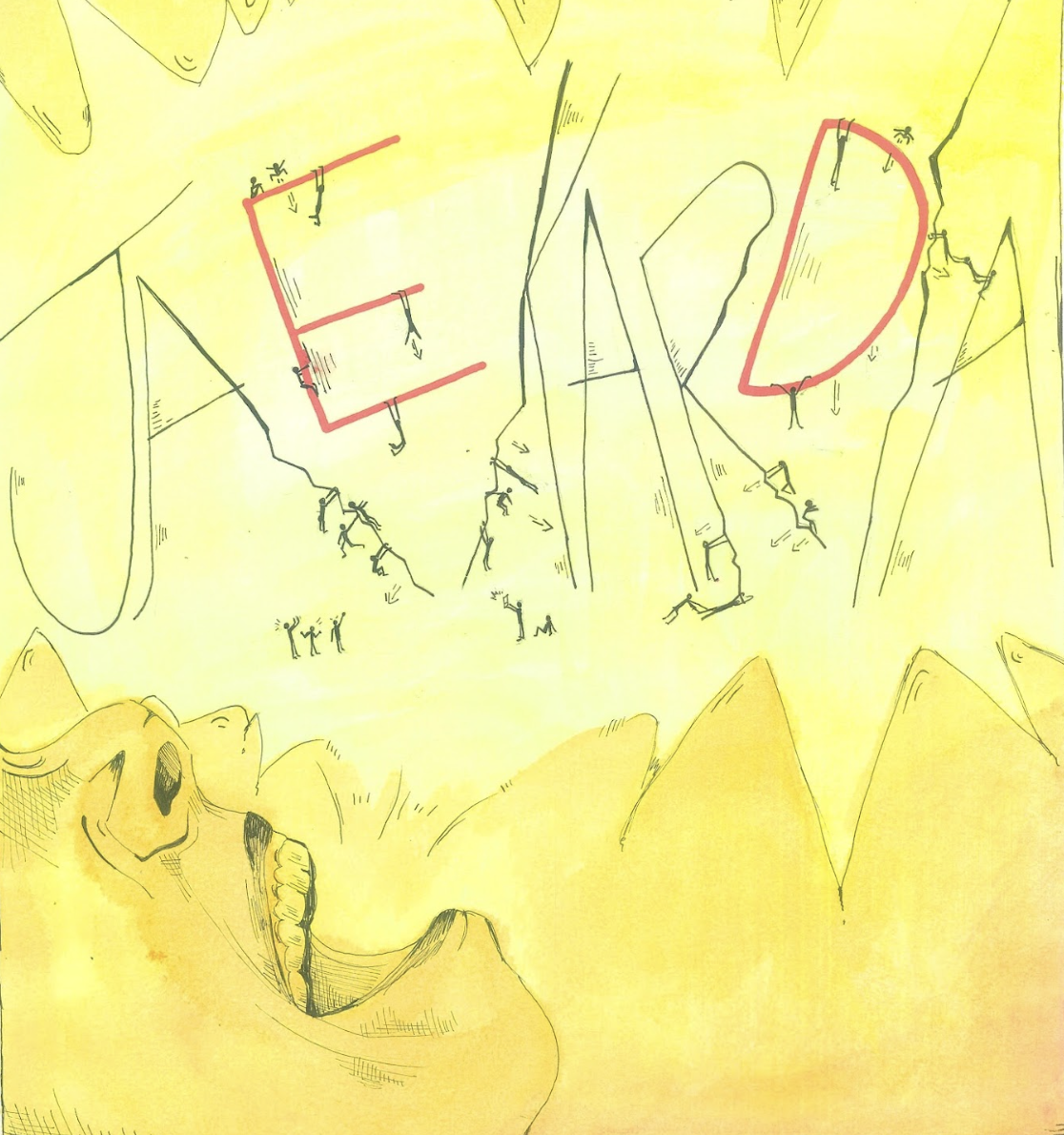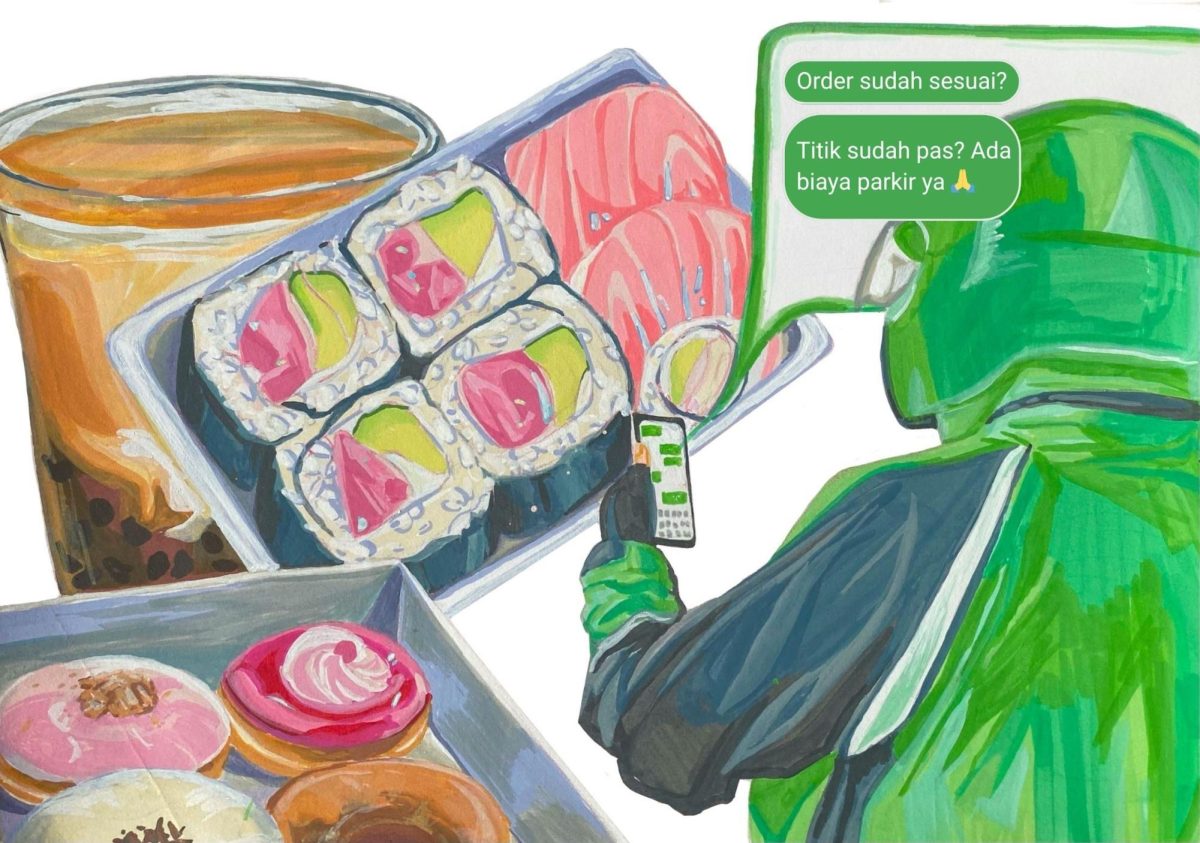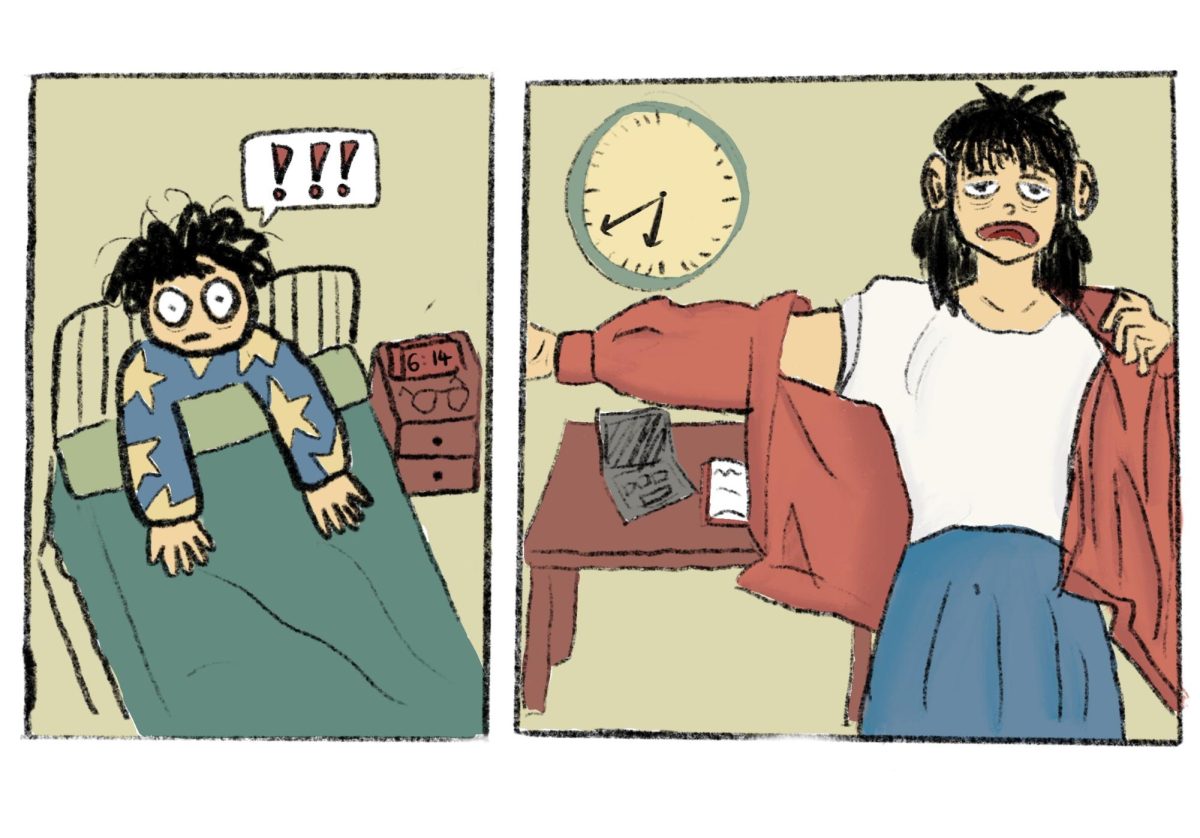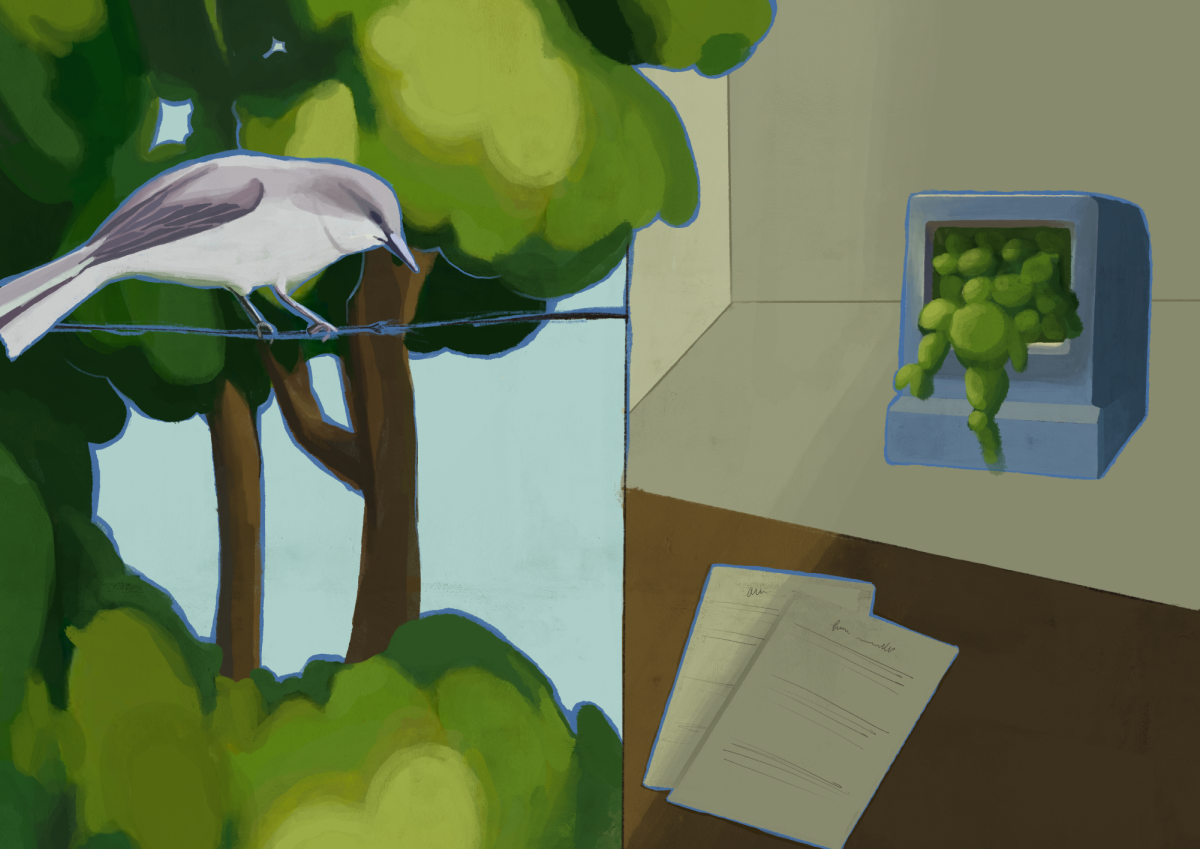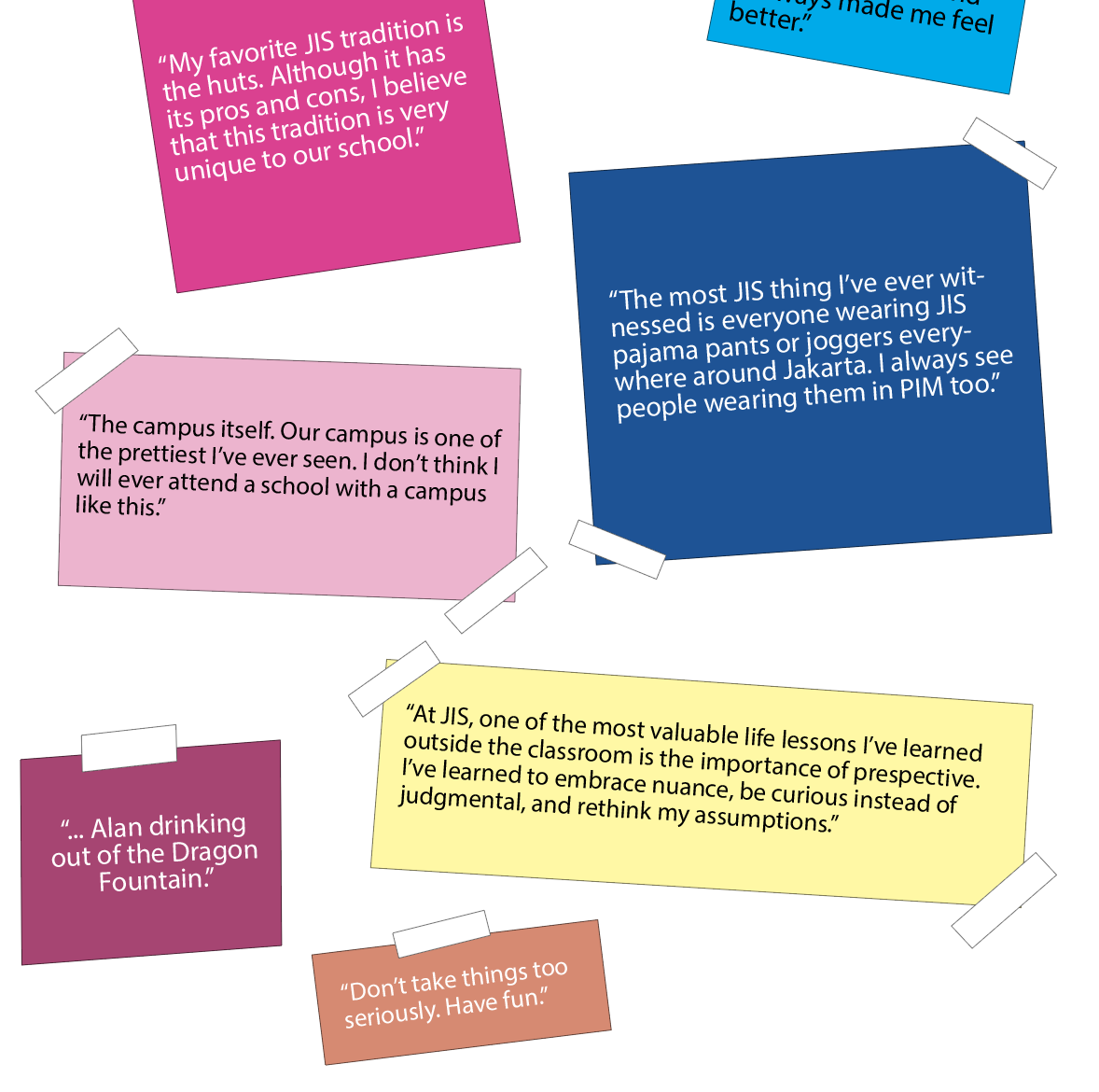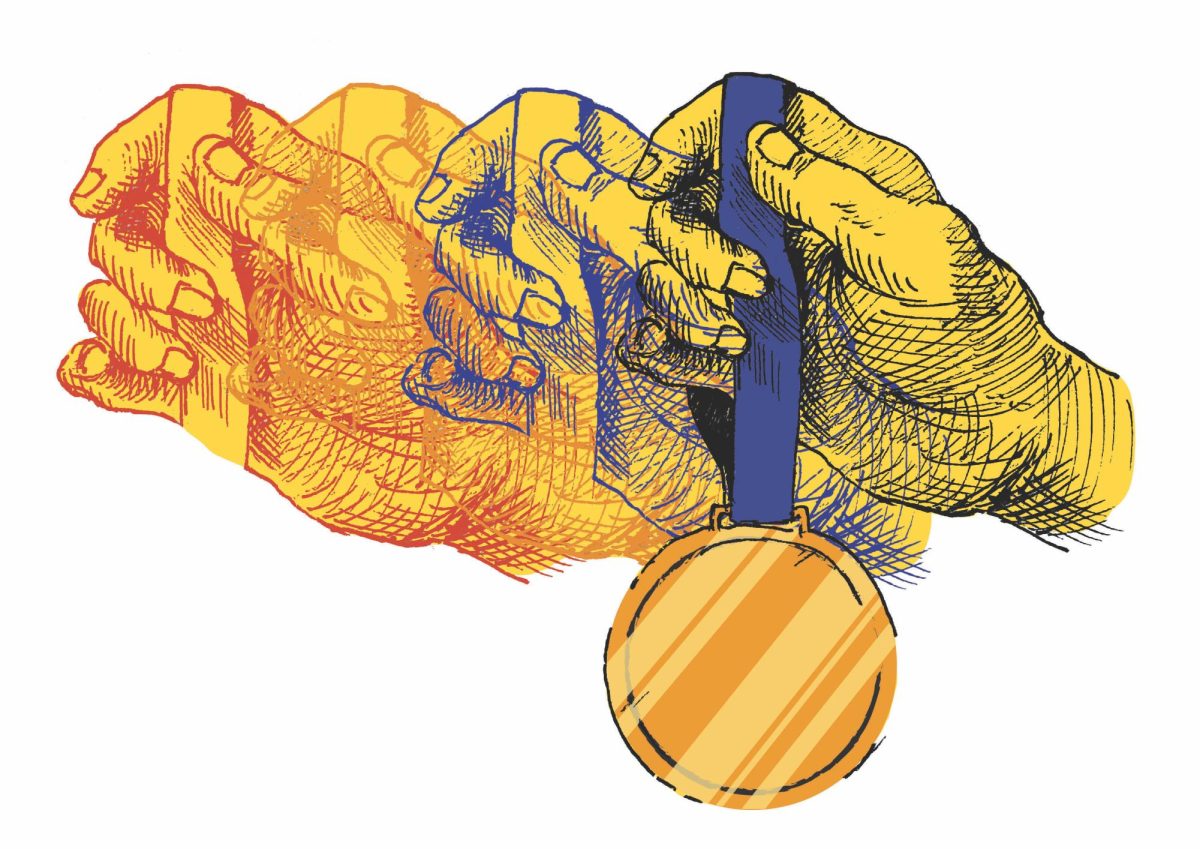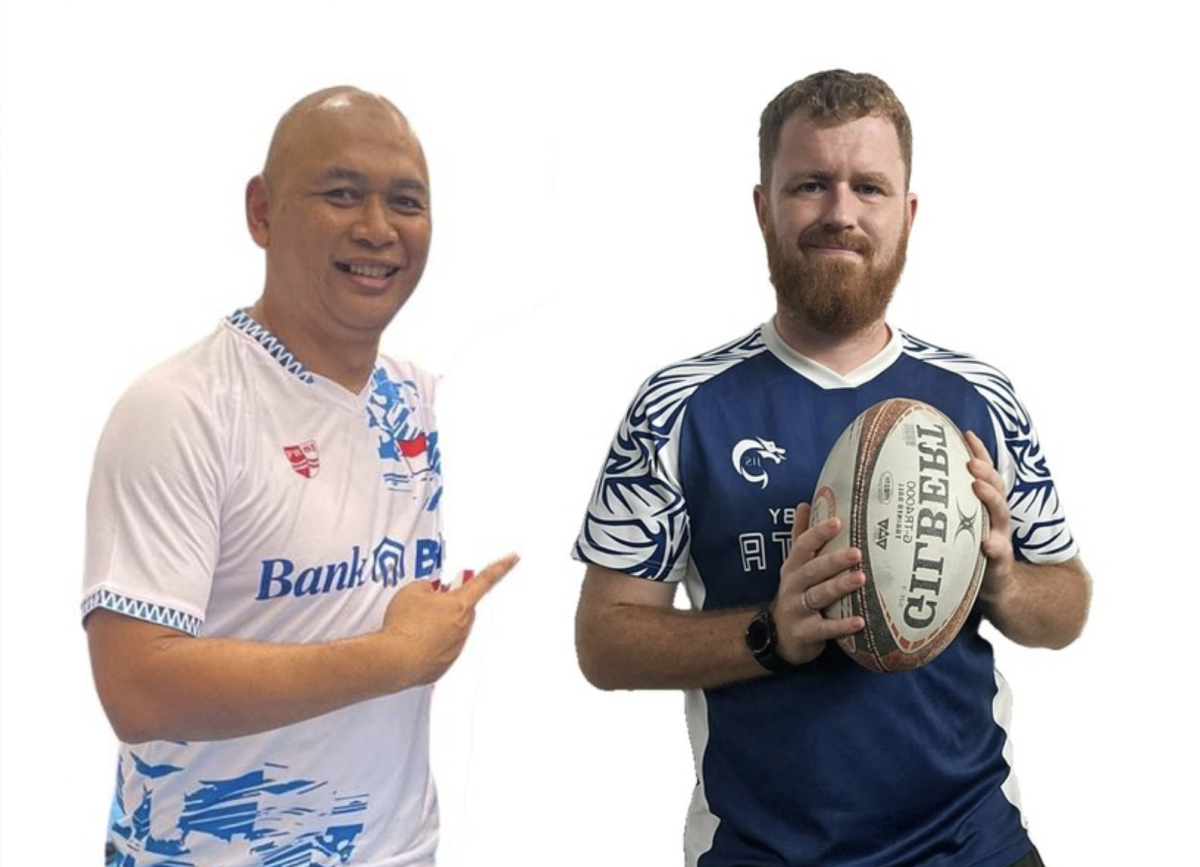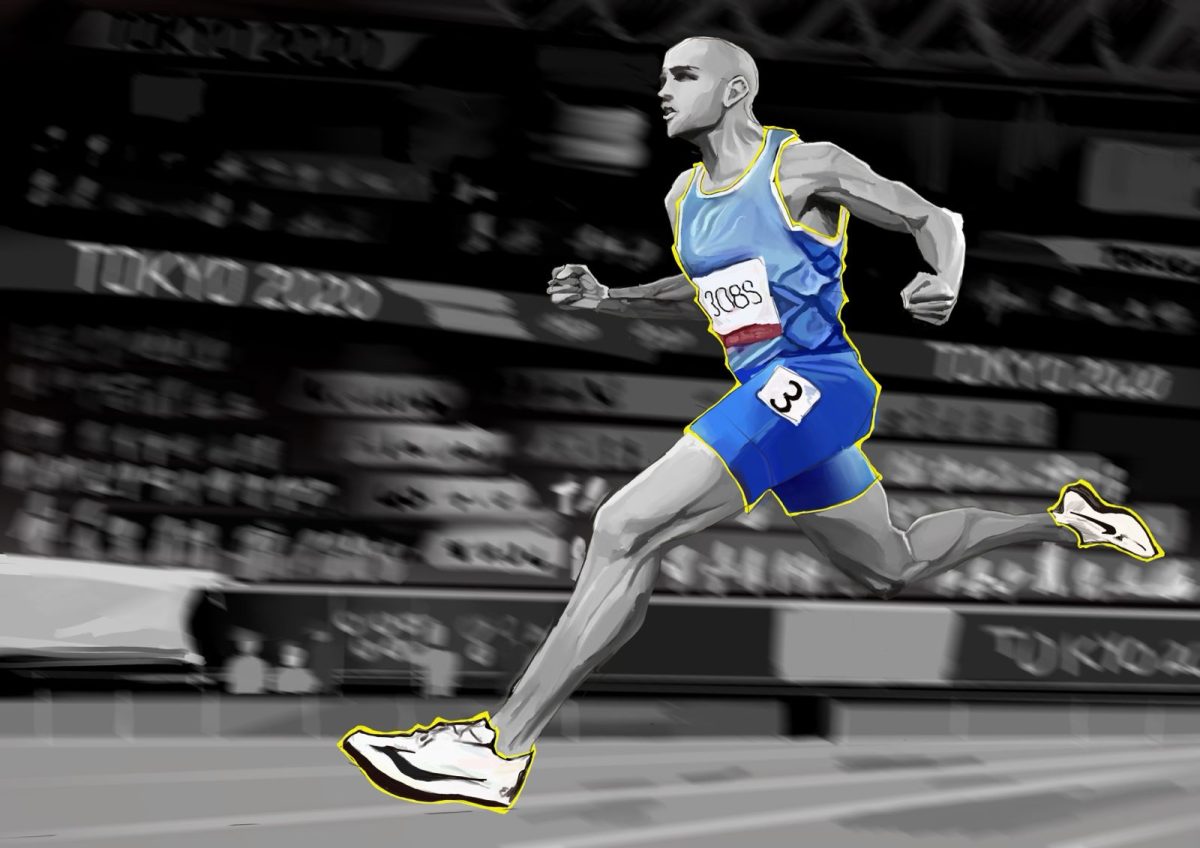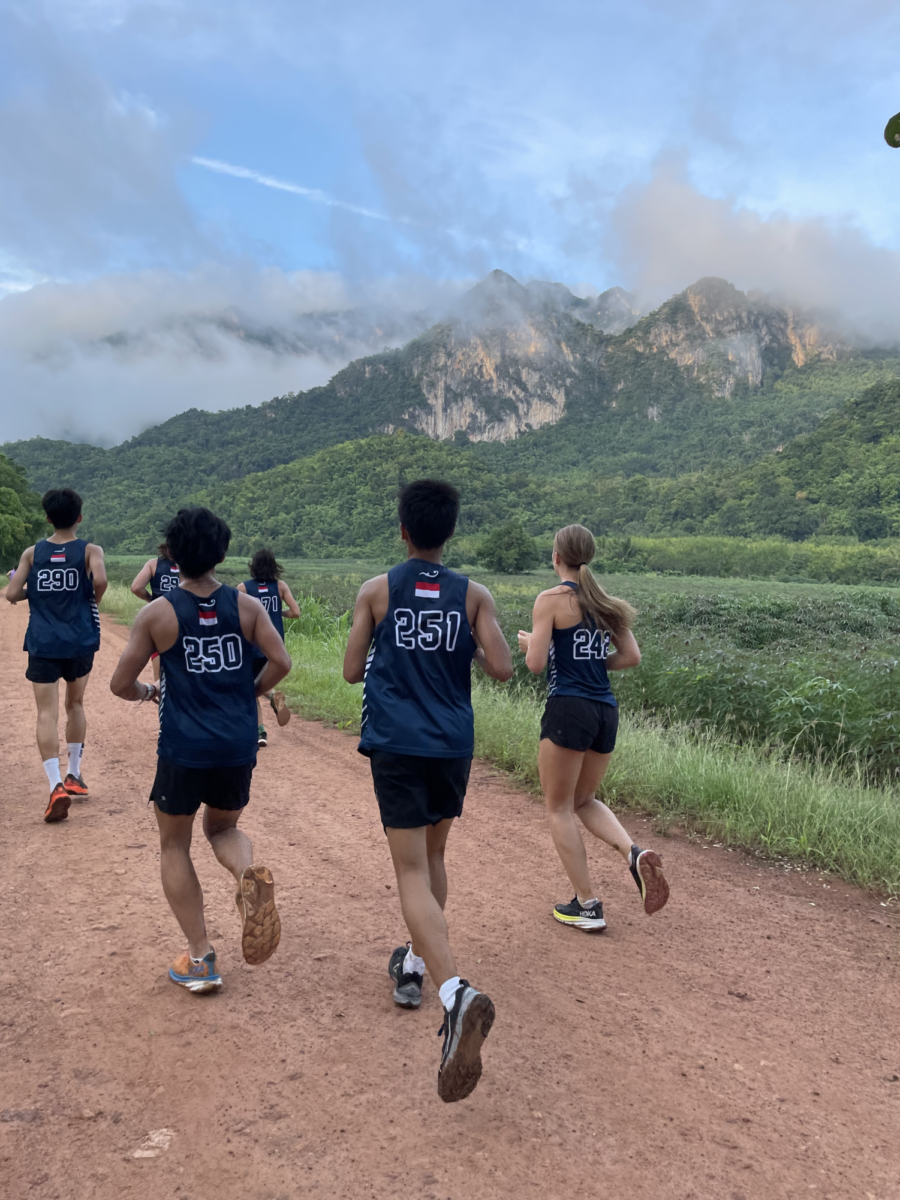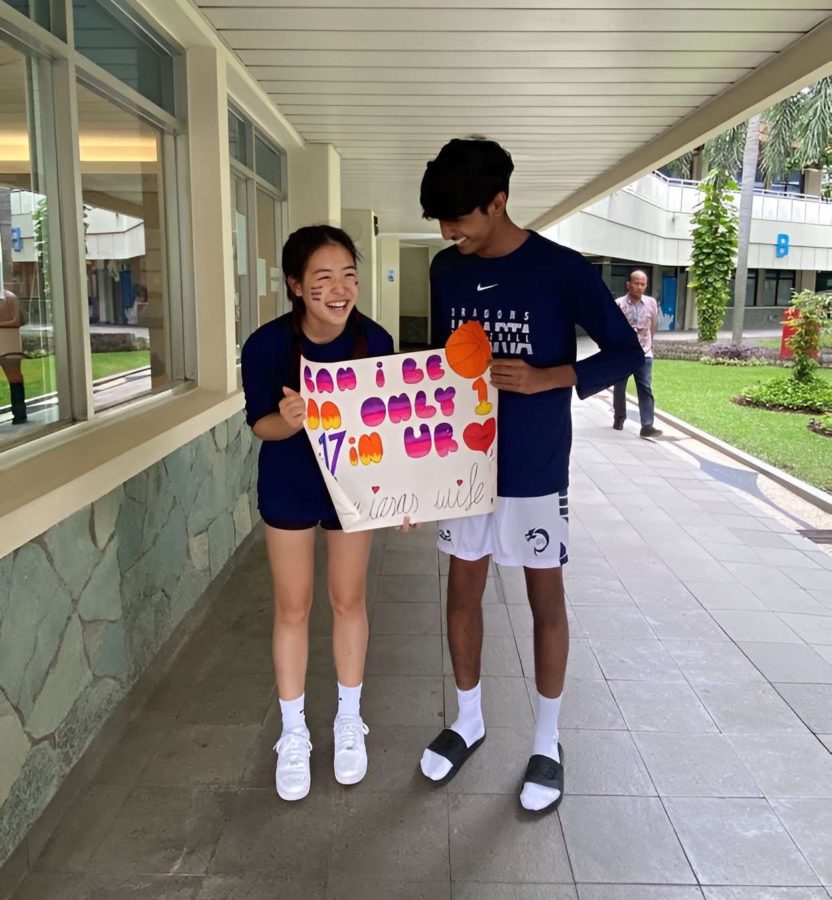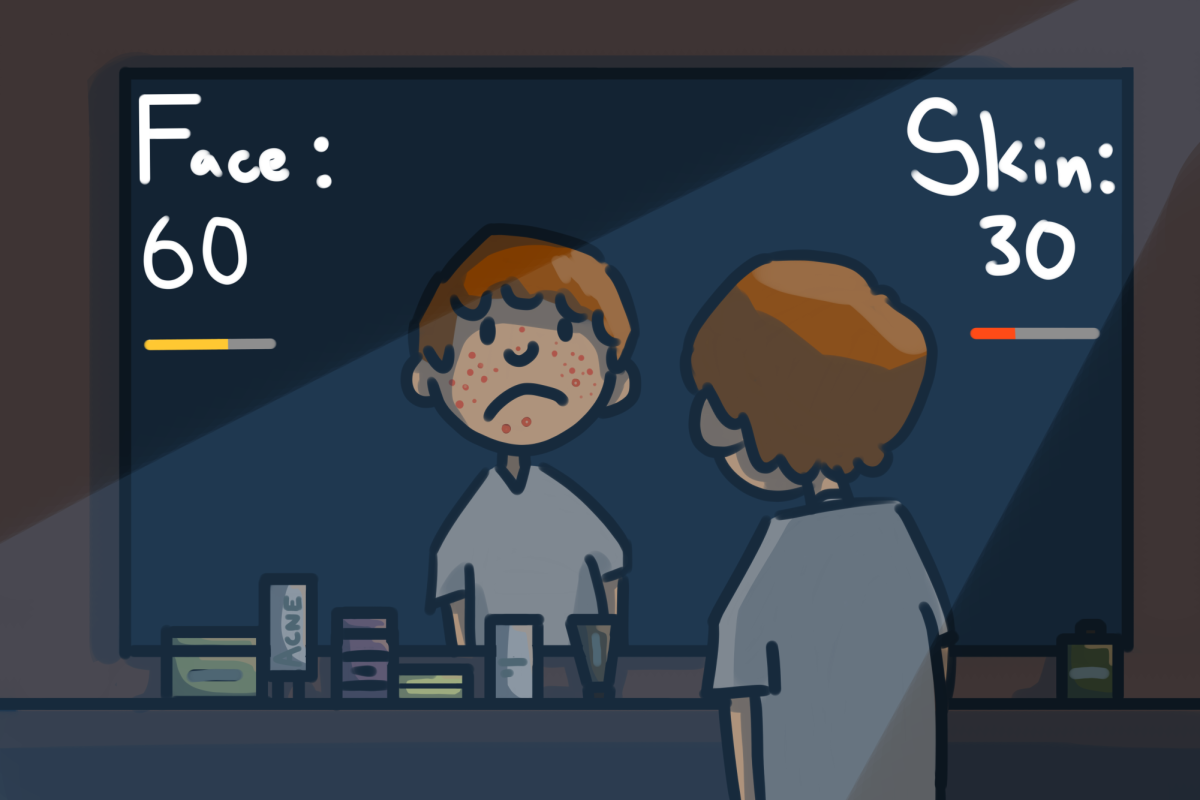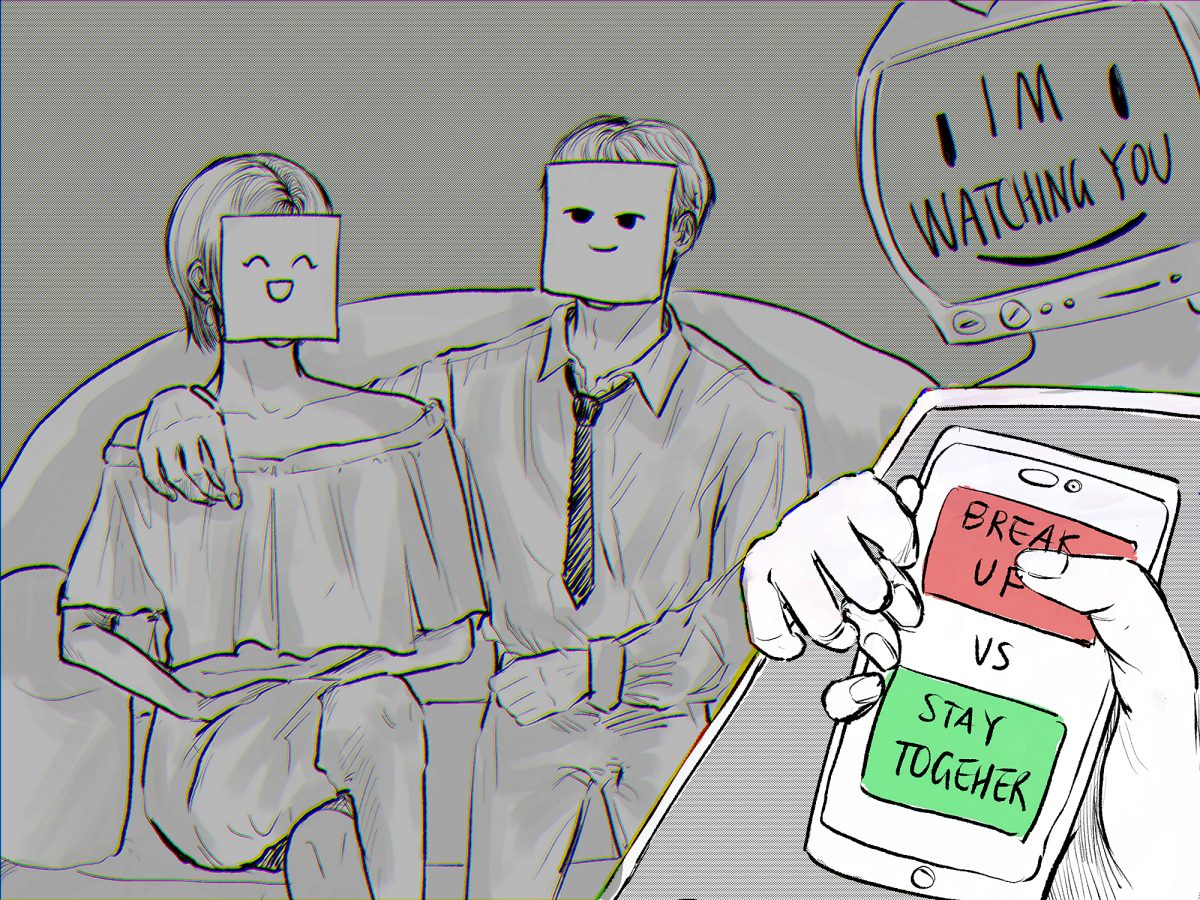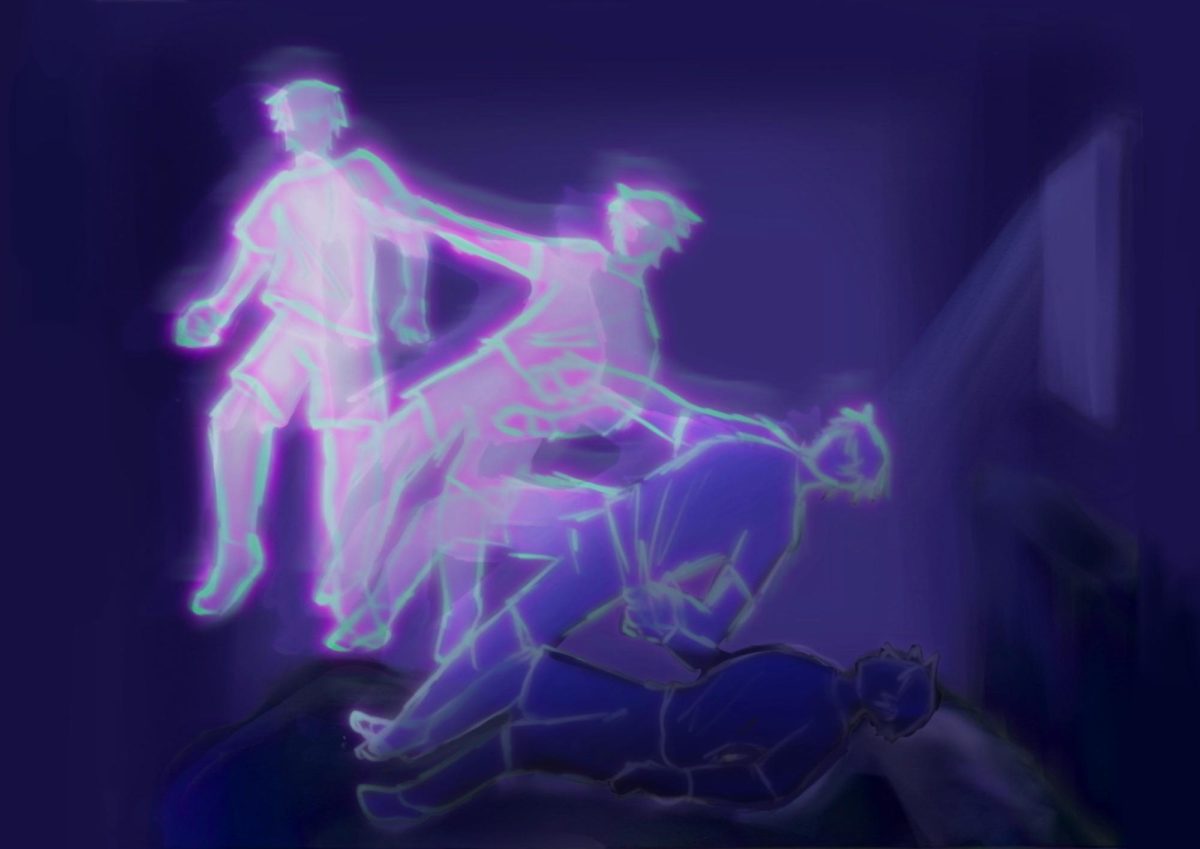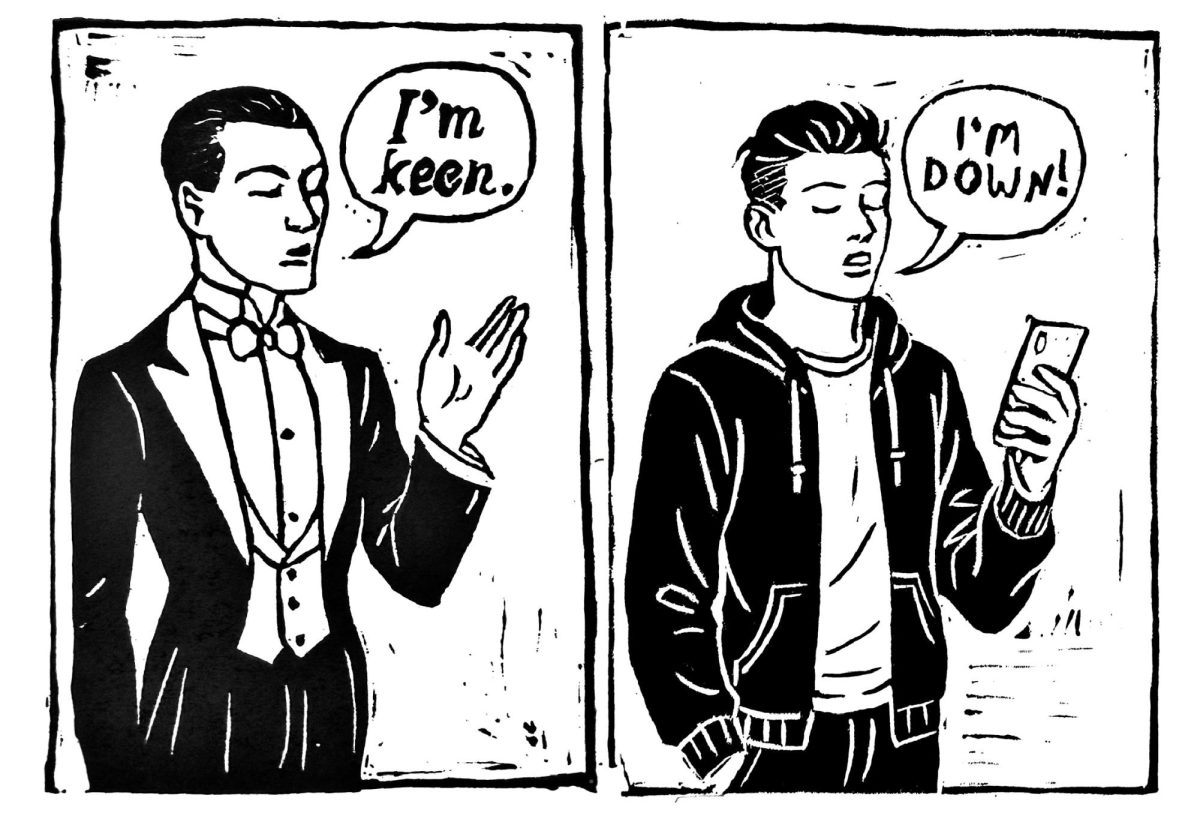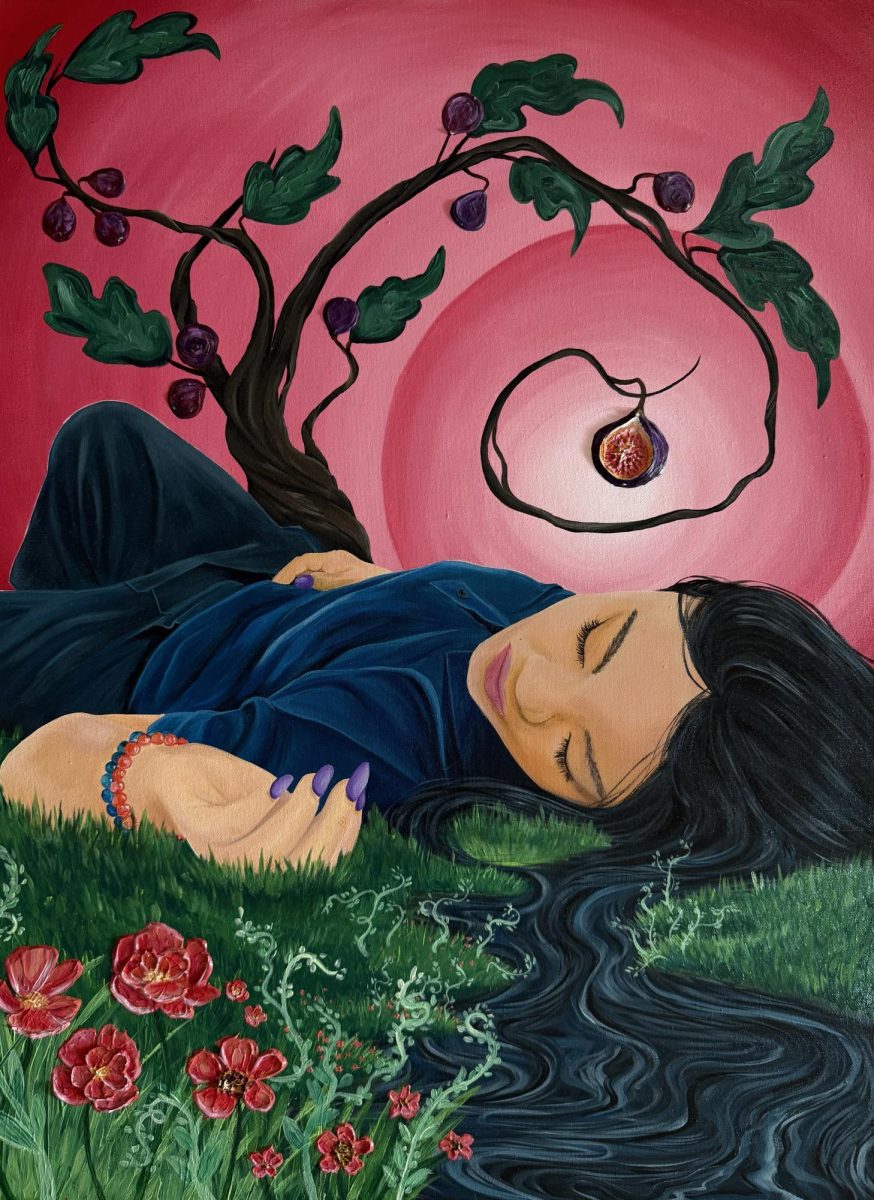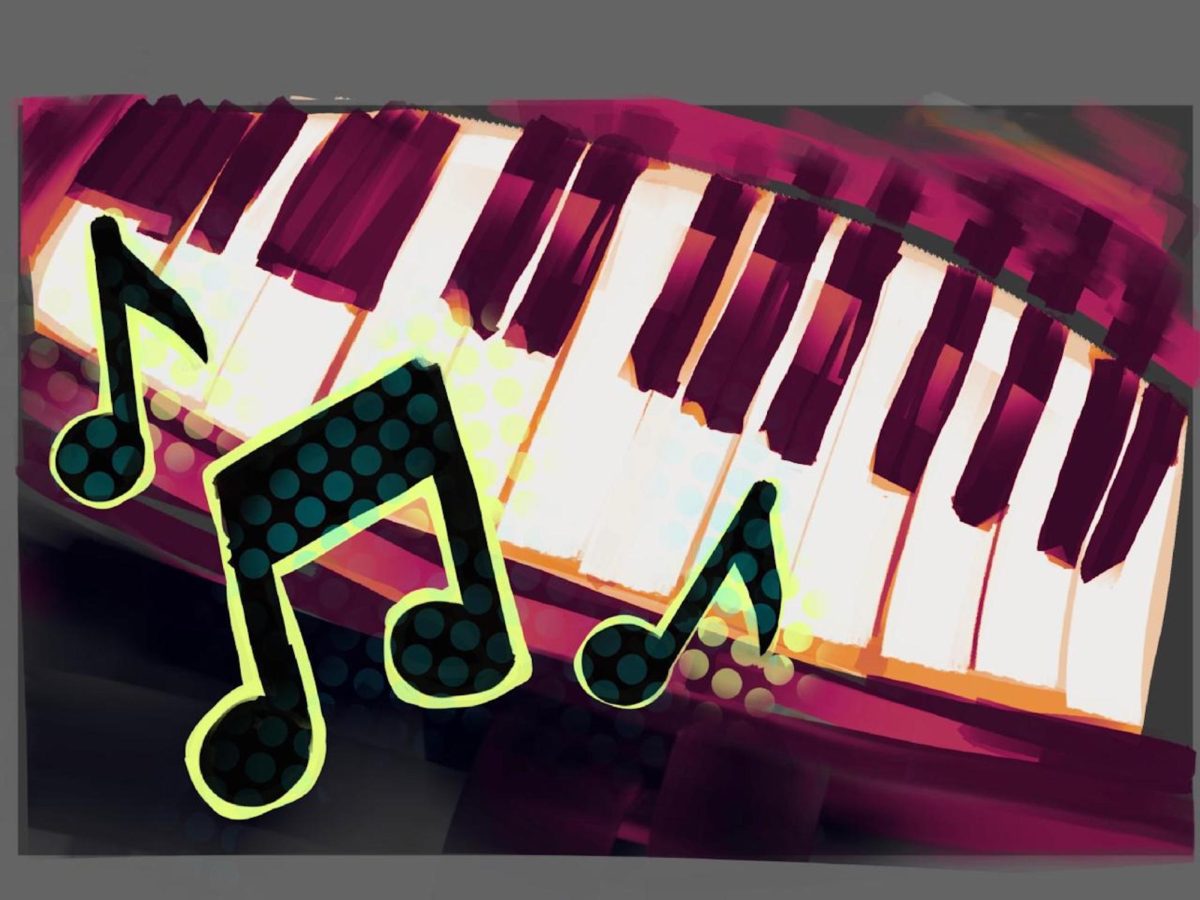Sometimes, we humans experience strange, dream-like events that disconnect us from our sense of reality. Yet, it can sometimes be challenging to discern exactly what these fleeting moments are. From common oddities to extraordinary rarities in life, this article serves as a helpful guide to comprehend what experiences can alter and detach reality, further reshaping the way we perceive the present.
Nostalgia
Have you ever visited your old school and suddenly remembered a special moment you had with your friends and teachers? Or, have you watched an old video of yourself and desperately wanted to be a kid again? The bittersweet feeling is nostalgia.
Regularly experienced by most people, nostalgia is a bizarre but familiar emotion. This sentiment is a wistful longing for the past, particularly for objects, places, or periods that we associate with fond memories. Nostalgia momentarily takes us away from reality, allowing us to retreat to our cherished moments. After feeling nostalgia, we are reminded that good things have happened before, and they can happen again.
Fueling hope for our present and future, an unexpected sense of nostalgia feels quite different from simply recalling the past ourselves. Are we remembering life accurately with nostalgia? What if nostalgia is romanticizing the past the way we wish it had been?
Déjà Vu
Your friends are casually talking, students walk by, and everything is normal. Yet, suddenly you have an overwhelming feeling that you’ve already experienced this exact moment: from the words spilling out of your friends’ mouths to the certain students who stroll by. This is déjà vu, all happening in a few seconds.
Similar to nostalgia, déjà vu is also a well-known phenomenon. According to the National Center for Biotechnology Information, approximately 97% of people have experienced this sensation at least once in their lives. Déjà vu refers to the illusion of having previously experienced the current situation, even when it has not occurred before. It makes a simple action in the present seem like a magic trick to the brain, drawing our attention to small details we could otherwise overlook.
With the power of déjà vu, can we challenge the concept of time?
Derealization
Has the world around you ever seemed “off”? Did you feel like you were trapped in a bubble: people appeared lifeless, objects looked blurry, and the world seemed either smaller or larger than real life?
According to the National Center for Biotechnology Information, 75% of people have experienced this reaction at least once in their lives. The feeling is derealization, a state of detachment between oneself and the environment—due to a blurry perception of reality. In this eerie sensation, we are disconnected from the vibrance and warmth of real life, reminding us of the need to be present. The real world and the world we perceive during derealization feel like two entirely distinct worlds.
Perhaps these moments aren’t part of reality at all. What if derealization is an unexpected approach to experiencing an alternate reality?
Sonder
Try looking out your nearest window and imagining what each passerby’s life might look like. Have you ever wondered the depth of their stories?
Sonder is the sudden realization that every random passerby has their own story. It is seen as a humbling awareness, implying that you are not the only one with a real, intricate life in this universe. After experiencing sonder, shifting our present focus from a personal narrative to a shared one enhances our empathy, as we begin wondering how vivid others’ lives could be—just like ours.
How many other lives are we yet to notice, and how many can sonder guide us to?
Synesthesia
Have you ever witnessed debates online, whether 7 x 7 = 49 conveys a feeling similar to that of Thursday, or whether mathematics is linked to the color red and science to the color green? If so, you have caught the most common type of synesthesia.
Synesthesia is the act of evoking one of our five senses in another. Even with over 60 known types, synesthesia is a rare neurological condition, mainly due to genetic factors. However, grapheme-color synesthesia, “the most common type of synesthesia” mentioned before, doesn’t require a strong genetic link. Grapheme-color synesthesia, linking specific colors to letters, numbers, or words, can be influenced by personal feelings or memories. The debates from this synesthesia expand our perception of the world with creativity.
Consider this: there are still 59 additional types of this phenomenon, and even the most typical one can alter our entire perspective on viewing certain words. Does that make you wonder, “what is the true extent of human perception?”
These mysterious phenomena remind us of how reality bends in various ways. They not only bring us back to reality with fresh eyes appreciating the present, but also with questions on how these experiences can unlock the obscure potential of human consciousness. Our curiosity remains unanswered, but the mesmerizing events engage us to await our next encounter with them.

